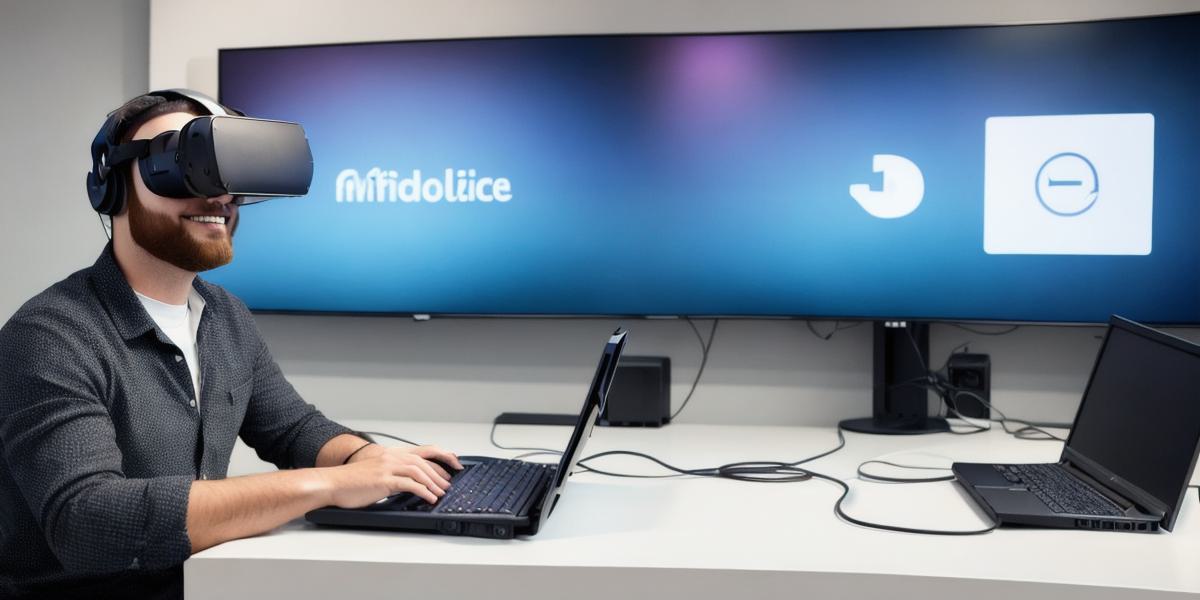As we continue to move forward in the digital age, it is clear that decentralized technology is becoming increasingly important. With the rise of blockchain and cryptocurrency, more people are recognizing the potential benefits of decentralized systems, including greater security, transparency, and control over personal data. In this article, we will explore some exciting Web3 quests that developers can embark on to help shape the future of decentralized technology.
Web3 Quests: Exploring the Future of Decentralized Technology
- Decentralized Finance (DeFi)

One of the most exciting areas of Web3 development is DeFi, which involves building decentralized applications and platforms that allow for financial transactions to be conducted without the need for intermediaries such as banks or brokers. This can include things like decentralized exchanges, lending and borrowing platforms, and more.
For example, Uniswap is a popular DeFi platform that allows users to trade cryptocurrencies on a decentralized exchange, without the need for intermediaries such as centralized exchanges. This can help reduce fees, increase security, and provide greater control over transactions. Other DeFi platforms like Aave and Compound also provide similar features and have been gaining popularity among users.
2. Decentralized Storage
Another area of Web3 development is decentralized storage, which involves building systems that allow users to store and access their data in a decentralized manner. This can help increase security and privacy, as well as provide greater control over personal data.
One example of a decentralized storage platform is InterPlanetary File System (IPFS), which uses a peer-to-peer network to allow users to store and access files on their own devices, rather than relying on centralized servers. This can help reduce costs, increase security, and provide greater control over personal data.
3. Decentralized Identity

Decentralized identity is another area of Web3 development that is gaining traction. With decentralized identity, users can securely store and manage their personal information in a decentralized manner, rather than relying on centralized systems such as social media or government databases.
One example of a decentralized identity platform is uPort, which allows users to securely store and manage their personal information, including things like identity documents, medical records, and more. This can help increase security, privacy, and control over personal data.
4. Decentralized Supply Chain Management
Decentralized supply chain management is another area of Web3 development that is gaining traction. With decentralized systems, supply chain managers can track and verify the authenticity of goods as they move through the supply chain, reducing fraud and increasing efficiency.
One example of a decentralized supply chain management platform is Provenance, which allows manufacturers and retailers to securely store and share information about their products on a blockchain. This can help increase transparency, reduce fraud, and improve supply chain efficiency.
5. Decentralized Social Networks
Finally, decentralized social networks are another exciting area of Web3 development. With decentralized social networks, users can securely store and manage their personal information, while also having greater control over what data they share with others.
One example of a decentralized social network is Diaspora, which allows users to create a personal profile that is not controlled by a central authority. Users have complete control over their own profiles, and can decide who has access to their information.
